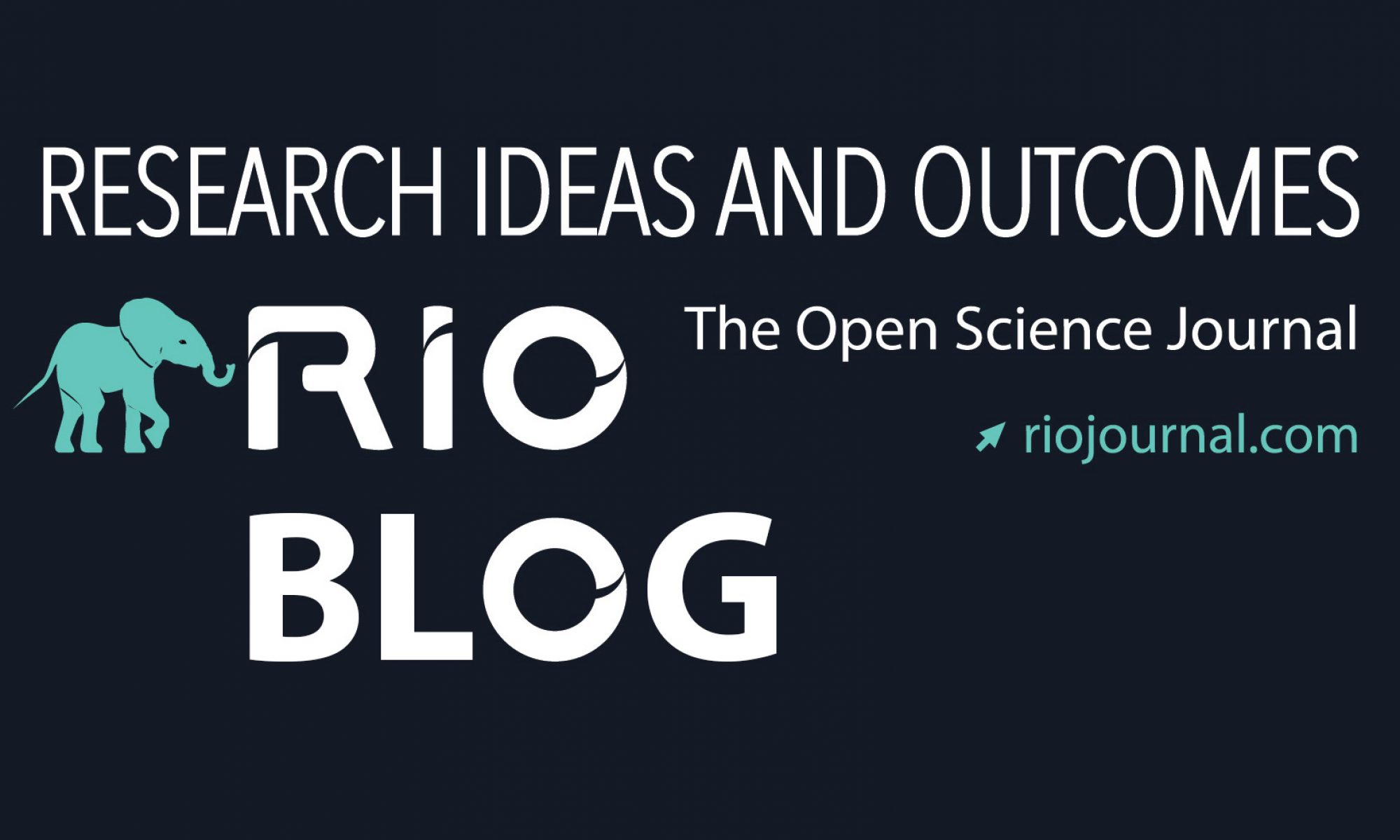Mobilisation, coordination and cooperation are among the pillars of the Unifying European Biodiversity Informatics (BioUnify) project, described in a Grant proposal, submitted to the COST Association and published in the open-access journal Research Ideas and Outcomes (RIO). Both short-and long-term plans are clearly set to bring together the biodiversity informatics community and simultaneously synthesise the available data from across the relevant disciplines. The outcomes are to eventually translate into efficient global biodiversity policy.
While structuring, aggregating, linking and processing the constantly increasing biodiversity data efficiently is a globally recognised issue, many isolated research groups are working on their own. The large international team of scientists, led by Dr. Dimitrios Koureas, Natural History Museum, London, address the problem by providing a detailed plan, which builds on experience and available data to create a new platform, promoting cooperation across disciplines and expertise.
The proposed COST Action is probably the first to be fully published in the context of Open Science practices. It promises to aid biodiversity research through improving the access and reproducibility of data, mobilised from both natural history collections as well as remote sources from across Europe; bringing together the outcomes of ongoing separate biodiversity projects; transferring skills and technical awareness between researchers and information technologists, and formulating long-term goals in order to ensure that the European biodiversity informatics are aligned with the global ones.
While the common approaches used to achieve scientific dialogue rely mainly on scientific publications and conferences, the authors accept that such practice is time-consuming, while not necessarily focused on specific and urgent technical or societal issues. Therefore, in their present proposal the scientists list a summary of the activities to be undertaken by the project’s initial network of supporters. They include among others 30 Short Term Scientific Missions, 8 Training schools, 6 Joined Student Supervisions, 10 Consolidated Reports/Task-specific documents as well as a website.
“Agile and effective communication between people, at the level (across scientific domains and communities) and timeframe needed to address explicit societal challenges, demands a highly focused network of people and activities,” the researchers explain. “A network that will enable researchers to jointly shape research goals and adjust methodologies for delivering results in scope and on time.”
Having been marked by three external reviewers, the proposal eventually received an average mark of 29.33/40, which fell just a step short of being selected for funding by the COST Association. However, in their present publication, the scientists list the key points from the received feedback, and discuss them.
###
Original source:
Koureas D, Hardisty A, Vos R, Agosti D, Arvanitidis C, Bogatencov P, Buttigieg P, de Jong Y, Horvath F, Gkoutos G, Groom Q, Kliment T, Kõljalg U, Manakos I, Marcer A, Marhold K, Morse D, Mergen P, Penev L, Pettersson L, Svenning J, van de Putte A, Smith V (2016) Unifying European Biodiversity Informatics (BioUnify). Research Ideas and Outcomes 2: e7787. doi:10.3897/rio.2.e7787
###
Image credit: NASA. http://www.nasa.gov/mission_pages/NPP/news/vegetation.html
License: Public Domain



